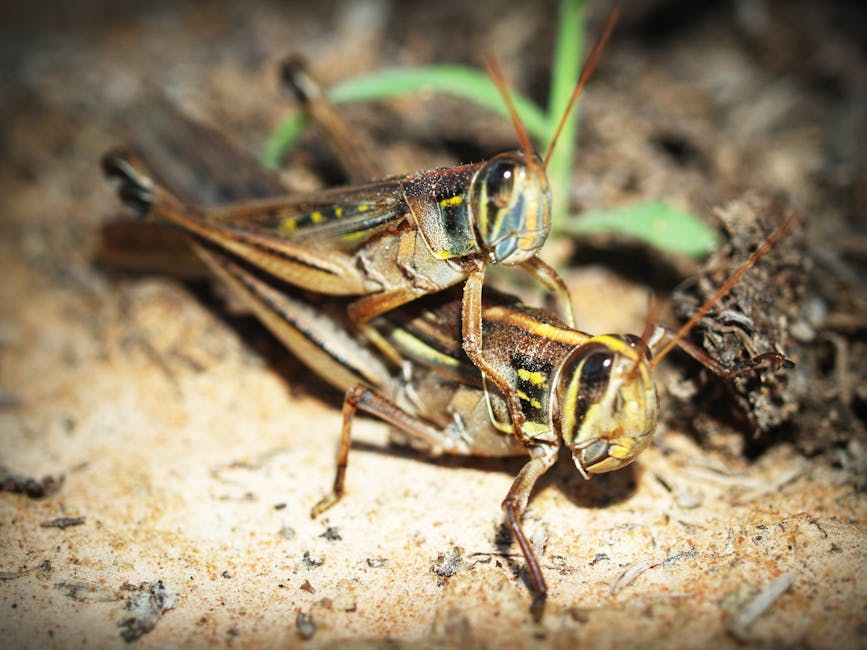By Gerard West –
There are many reasons why crickets chirp to one another. It is a way for them to communicate. Crickets will chirp to warn each other of approaching danger. Male crickets chirp to scare off other males from getting the female they have their sights set on, and then use chirping to attract the female. Crickets chirp by rubbing the edges of their wings together.
But did you know they can also communicate with us in a very specific way? Crickets’ chirps can tell us the temperature!
 Pexels.com
Pexels.com
Counting Crickets’ Chirps
Two methods exist to tell the current temperature by counting cricket chirps. One converts cricket chirps to Fahrenheit, and the other converts them to Celsius.
To convert cricket chirps to Fahrenheit, count the number of chirps that occur within 14 seconds. Then, add 40 to the number to get the temperature.
An example is: 25 chirps + 40 = 65 degrees Fahrenheit
In order to convert cricket chirps to Celsius, count the number of chirps within 25 seconds. Then divide that number by 3, and then add 4 to get the temperature in Celsius.
An example is: 30 chirps/3 + 4 = 14 degrees Celsius
Why Does Counting Crickets’ Chirps Work?
Crickets are cold-blooded like all insects. They adapt to the temperatures around them. So, the temperature outside affects the amount of energy crickets have available to chirp, among other chemical bodily actions.
When the temperature is warm, crickets are able to chirp at a faster rate. When the temperature is cool, their chirping slows down. This is one reason you may not hear crickets chirping in the winter months, whereas a hot summer night is full of them. For many, cricket chirping is a sound synonymous with summertime.








